Shrimp farming uses very little freshwater directly – only that required for drinking purposes, sanitation and a few other farm uses
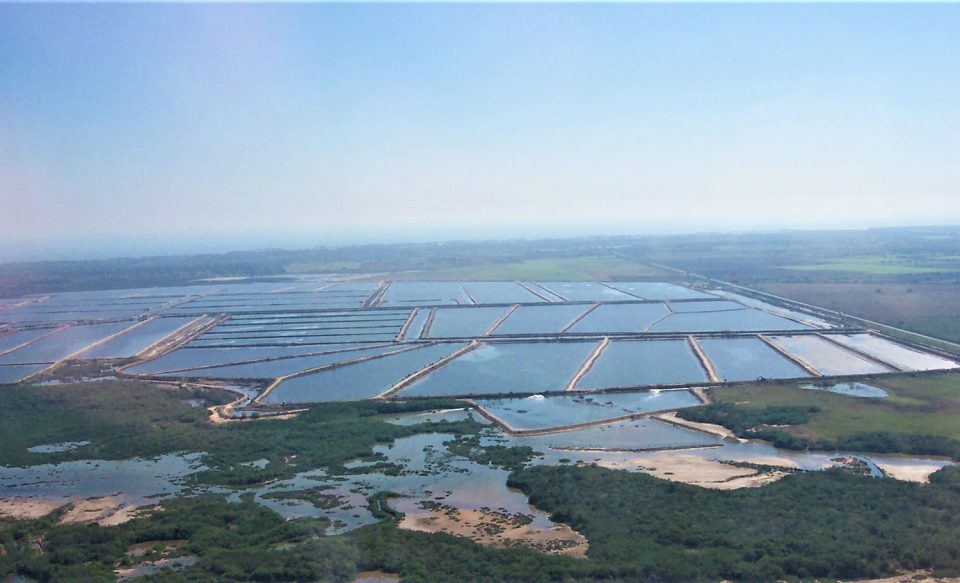
Much is said about present and future water shortages. However, the world has as much water today as it ever did and as much as it ever will. Water shortages result from droughts, population expansion into arid regions, poor management of water supplies, conflicts within and between nations, expansion of irrigated agriculture and, as with all resources, human greed.
Data for water use in shrimp farming reported here were obtained from surveys of whiteleg shrimp (Pacific white shrimp, Litopenaeus vannamei) farms in the five major shrimp reporting countries. The number of farms included for each country were as follows: 101 in Ecuador; 89 in India; 131 in Indonesia; 34 in Thailand; and 30 in Vietnam. The data were summarized in greater detail in a review article (see Aquaculture, Fish and Fisheries 2021, 1–13).
Water use in shrimp farming
Annual, sustainable and available freshwater for human use is typically considered to be non-flood stage stream flow plus storage in dams on large rivers. Much groundwater is used, but shallow groundwater use competes with non-flood stage stream flow. Deeper groundwater sources may require many years for recharge and groundwater usually is not included in the sustainable water for human use.
Shrimp farming uses very little freshwater directly – only that which is required for drinking purposes, sanitation and a few other farm uses. Freshwater is necessary for the production of feeds, fuels and other management inputs. Such water use is typically known as embodied water use. The reason for including saline water is that energy is used for pumping water into shrimp farms and water discharged from farms contains pollutants.
The amount of saline water used by farms in the five-country survey depended upon the method of water management. Farms that did not rely on water exchange during the crop used the least water per metric ton of shrimp. Some farms not using water exchange reused a portion of the water drained at harvest, further reducing water use.
The percentage of farms using daily water exchange ranged from 94 percent in Indonesia to 21 percent in India (Table 1) with a weighted average for all countries of 67 percent. At farms applying water exchange, the amount of saline water used increased with the daily rate of water exchange which varied from 1 to 40 percent of production pond volume per day. Average daily water exchange rates varied from 5 percent in Thailand to 21 percent in India (Table 1) with a weighted average for the five countries of 8.0 percent pond volume per day.
Boyd, Water Use, Table 1
| Water use (cubic meters per metric ton of shrimp) |
|---|
Water use (cubic meters per metric ton of shrimp) | |||
|---|---|---|---|
| Country | Saline water | Embodied water | Total water |
| Ecuador | 74,130 | 2,670 | 76,800 |
| India | 36,641 | 2,559 | 39,200 |
| Indonesia | 52,500 | 2,500 | 55,000 |
| Thailand | 11,409 | 2,591 | 14,000 |
| Vietnam | 43,089 | 2,411 | 45,500 |
Saline water use ranged from 11,409 cubic meters per metric ton (MT) of shrimp in Thailand to 74,130 cubic meters per MT of shrimp in Ecuador (Table 1). The weighted average for the five countries was 50,146 cubic meters per MT of shrimp. Thailand used more aeration per hectare and Ecuador used less aeration than other countries. Nevertheless, there was no obvious decline in water exchange rate as aeration rate increased.
Embodied freshwater represented a small fraction of total water use (Table 1), and there was little variation in embodied water use among countries (2,411-2,670 cubic meters per MT shrimp) with a weighted average of all countries of 2,557 cubic meters per MT of shrimp. Only 4.3 percent of the weighted total water use of 52,700 cubic meters per MT of shrimp was embodied freshwater. We did not include all freshwater use, because no data were obtained for direct freshwater use on farms for drinking, sanitation and other farm uses. However, this use was thought to be rather small.
The main use of embodied freshwater was for feed. Production of plant crops requires considerable water, and plant meals and other shrimp feed ingredients contained 1,261–2,179 cubic meters of embodied water per MT of feed with an average of 1,612 cubic meters per MT of feed. Nearly all of the embodied freshwater in farmed shrimp resulted from the feed.
While total water use by shrimp farming is quite large, less than 5 percent of water use was freshwater. Farmed shrimp do not appear to be of concern in freshwater use. However, by improving the FCR, freshwater use can be reduced for farmed shrimp.
Pollutants and management
The greater concern related to water use is the large amount of water discharged from farms. This water has elevated concentrations of suspended solids (and turbidity), nitrogen, phosphorus and biological oxygen demand (BOD). When released into natural water, it may result in turbidity plumes and sedimentation around outfalls. It also may stimulate phytoplankton growth and increase the demand for oxygen, leading to eutrophication.
Ponds are very effective in removing a portion of the pollutants from water. Microbial decomposition reduces the oxygen demand, the major nitrogenous compound is ammonia; ammonia is converted to less troublesome nitrate by nitrification; nitrate is converted by denitrification to gaseous nitrogen, which diffuses into the air; phosphorus is sequestered by sediment. Water exchange shortens the hydraulic retention time in ponds, resulting in less removal of pollutants in ponds and more pollutants are discharged into receiving waters.
The pollutants in shrimp farm effluent derive primarily from uneaten feed, feces and shrimp metabolism. Steps for reducing the pollution potential of shrimp farms include conservative feeding practices to avoid as much uneaten feed as possible; to have adequate aeration to prevent low dissolved oxygen concentration, which negatively affects shrimp appetite; and to monitor aerobic microbial activity, including nitrification. Water exchange should be reduced to lengthen the hydraulic retention time and increase waste assimilation in ponds. Less water exchange also conserves energy by reducing pumping requirement.
Now that you've reached the end of the article ...
… please consider supporting GSA’s mission to advance responsible seafood practices through education, advocacy and third-party assurances. The Advocate aims to document the evolution of responsible seafood practices and share the expansive knowledge of our vast network of contributors.
By becoming a Global Seafood Alliance member, you’re ensuring that all of the pre-competitive work we do through member benefits, resources and events can continue. Individual membership costs just $50 a year.
Not a GSA member? Join us.
Authors
-

Claude E. Boyd, Ph.D.
Corresponding author and Professor Emeritus
School of Fisheries, Aquaculture and Aquatic Sciences
Auburn University, Auburn, AL 36849 USA -
Robert P. Davis, Ph.D.
School of Fisheries, Aquaculture and Aquatic Sciences
Auburn University, Auburn, AL 36849 USA
-
Aaron McNevin, Ph.D.
World Wildlife Fund
Washington, DC 200037 USA
Tagged With
Related Posts
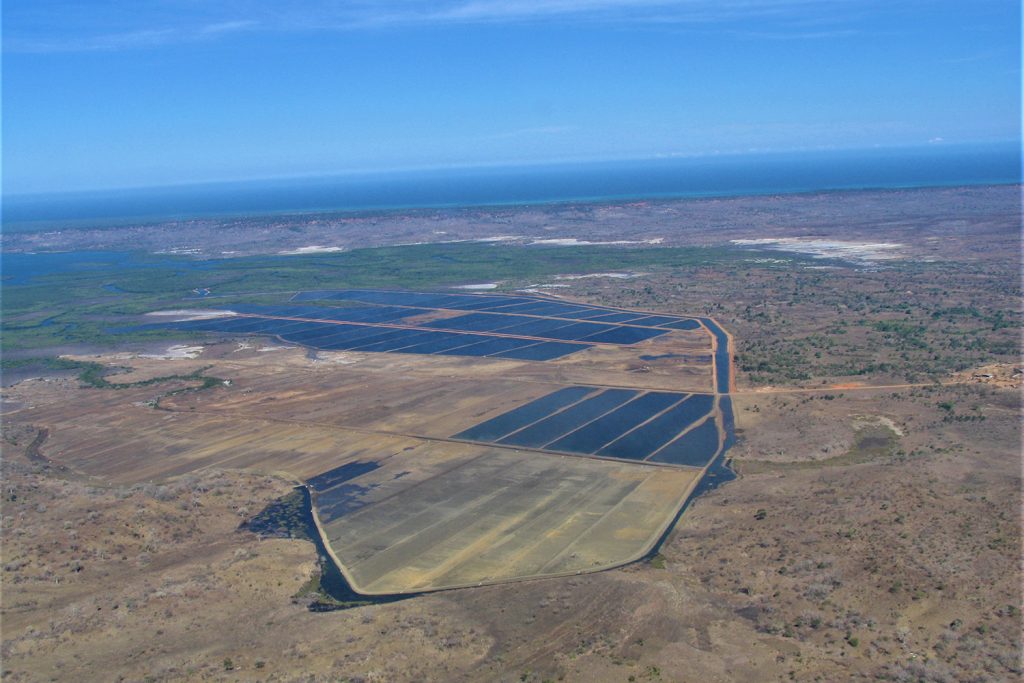
Responsibility
A comparison of resource use in shrimp farming, part 1: Land
Prof. Boyd discusses land use in shrimp farming in the five major exporting countries of farmed shrimp: Ecuador, India, Indonesia, Thailand and Vietnam.
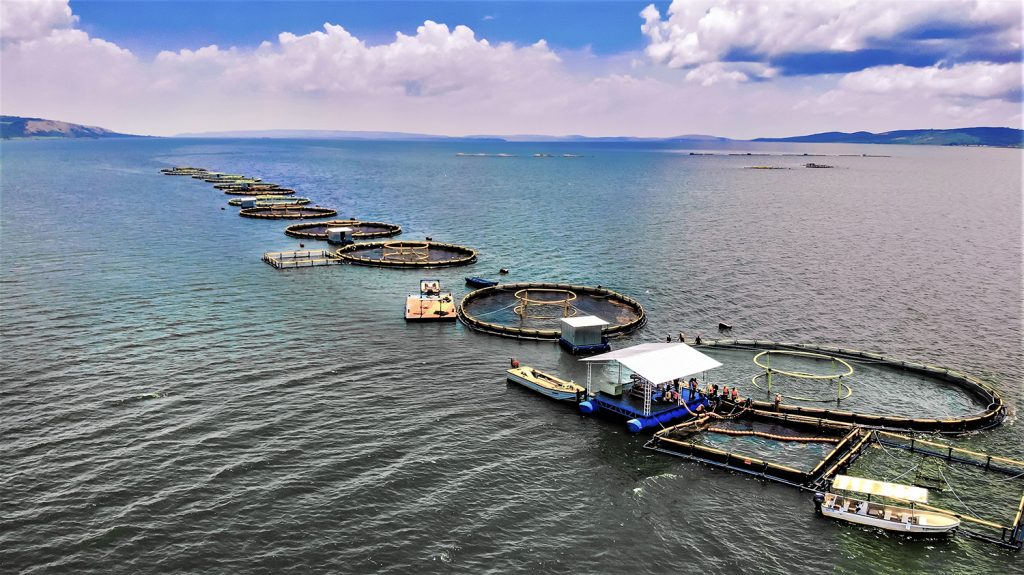
Fisheries
Global protein production by fisheries and aquaculture
Prof. Boyd and co-authors discuss and contrast the production of protein by fisheries and aquaculture, and various terrestrial-based animal protein sources.
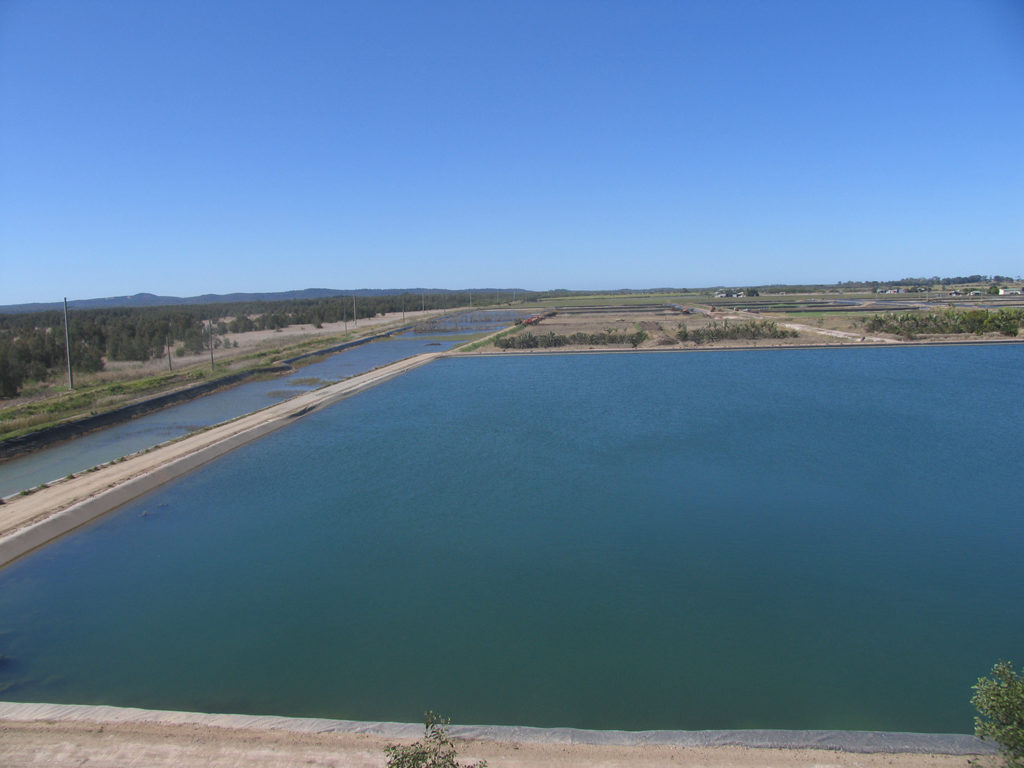
Responsibility
What’s the difference between biological and chemical oxygen demand?
Prof. Boyd explores the commonly used and relevant aquaculture water quality terms biological and chemical oxygen demand (BOD and COD).
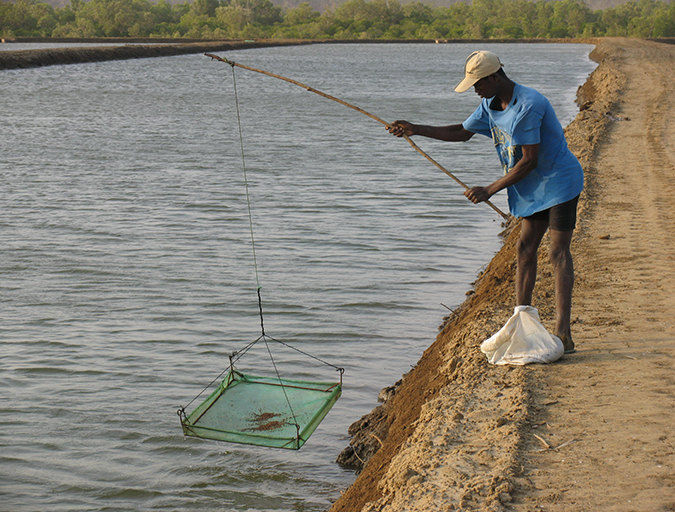
Health & Welfare
Decomposition and accumulation of organic matter in ponds
Aquaculture ponds accumulate organic matter from organic fertilizer, remains of microorganisms produced within the pond, feces of the culture animals and uneaten feed. Claude E. Boyd, Ph.D., details the leading organic matter management practices, and says that the accumulation of organic matter is often not as great as believed.



